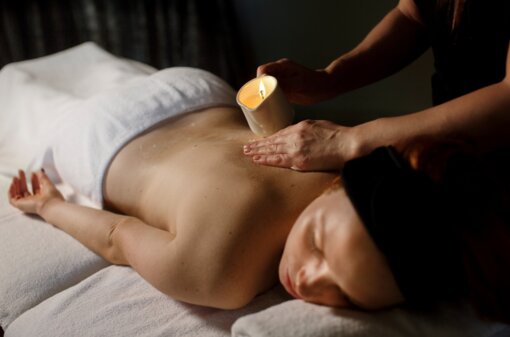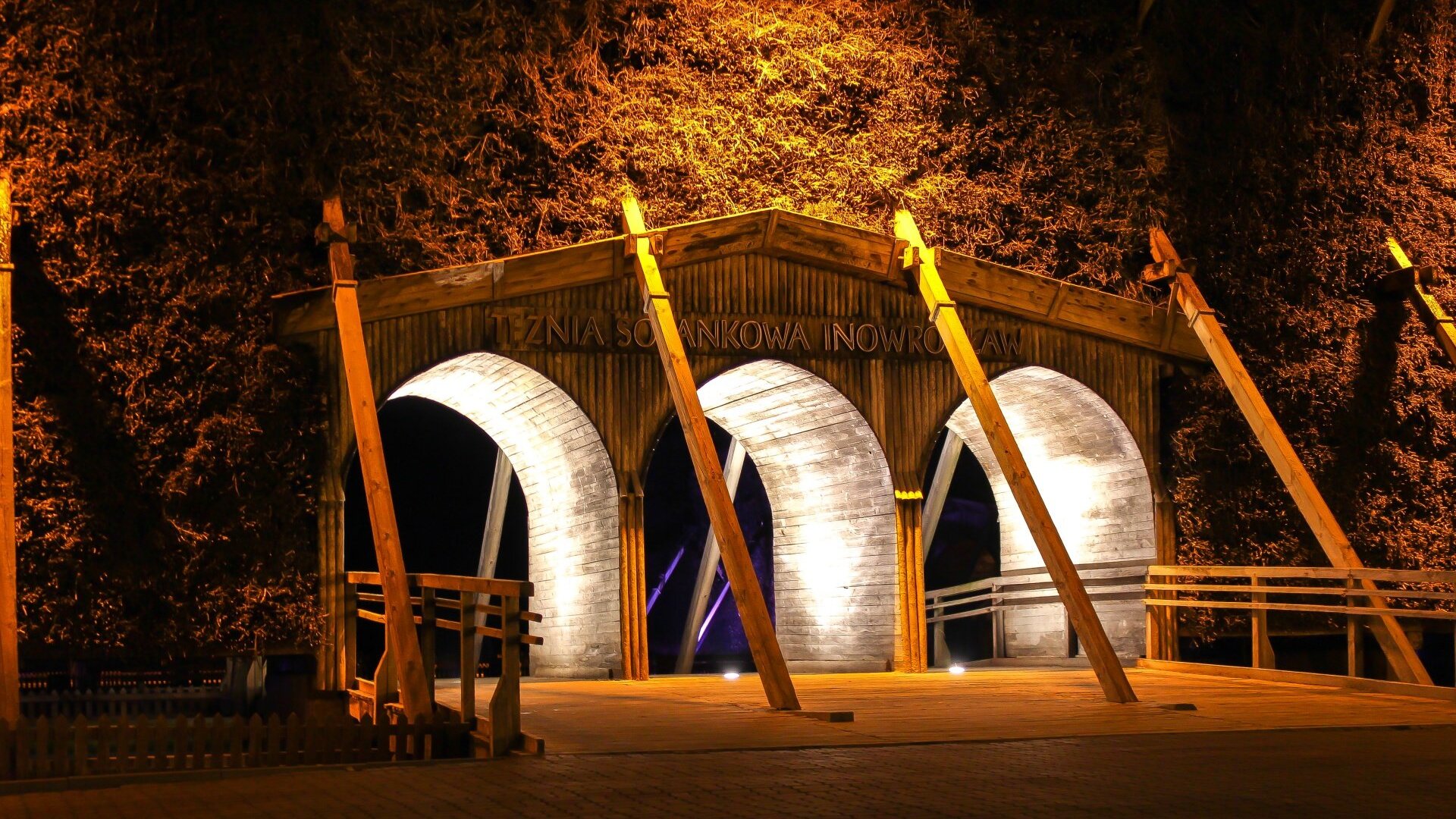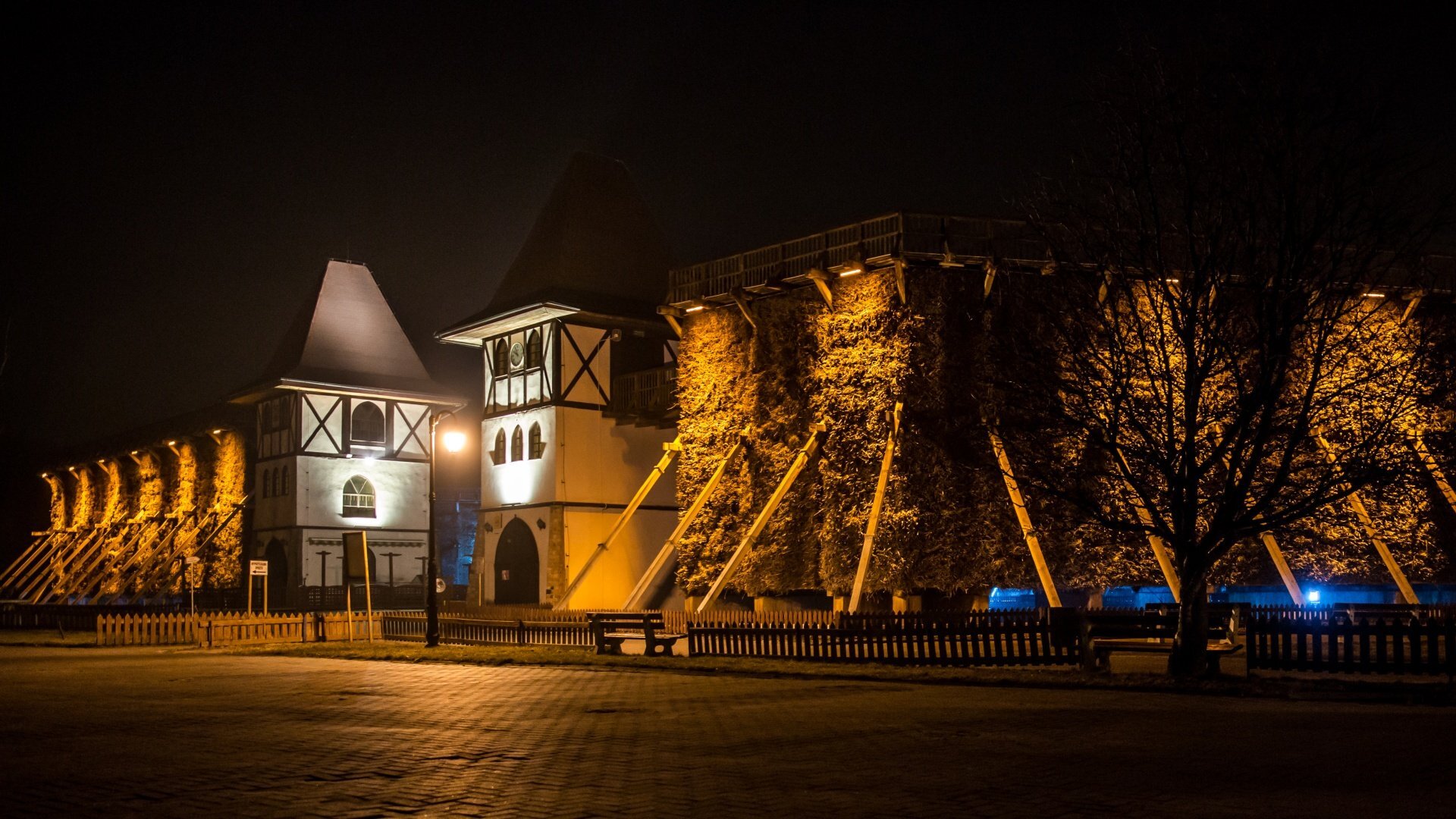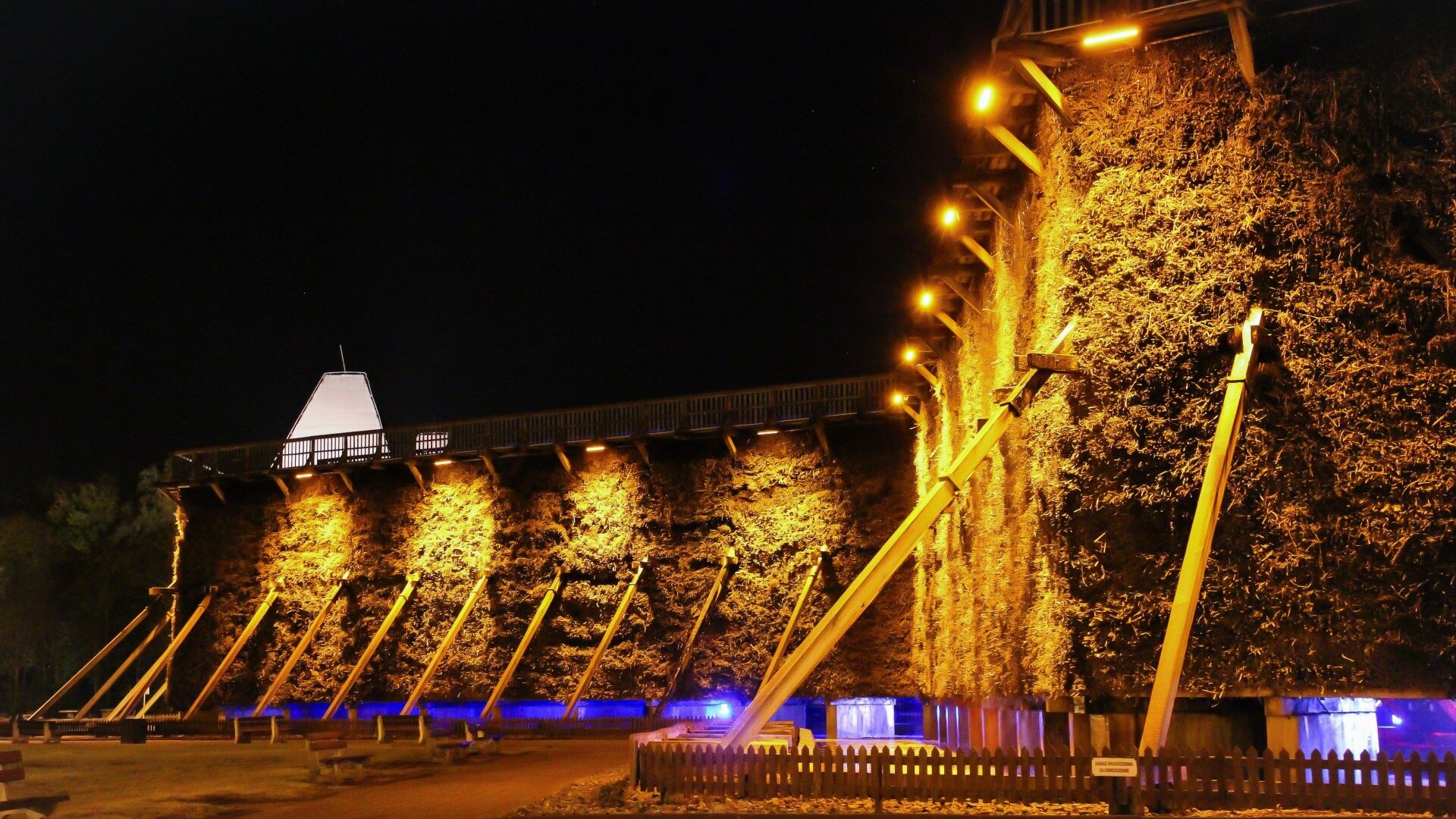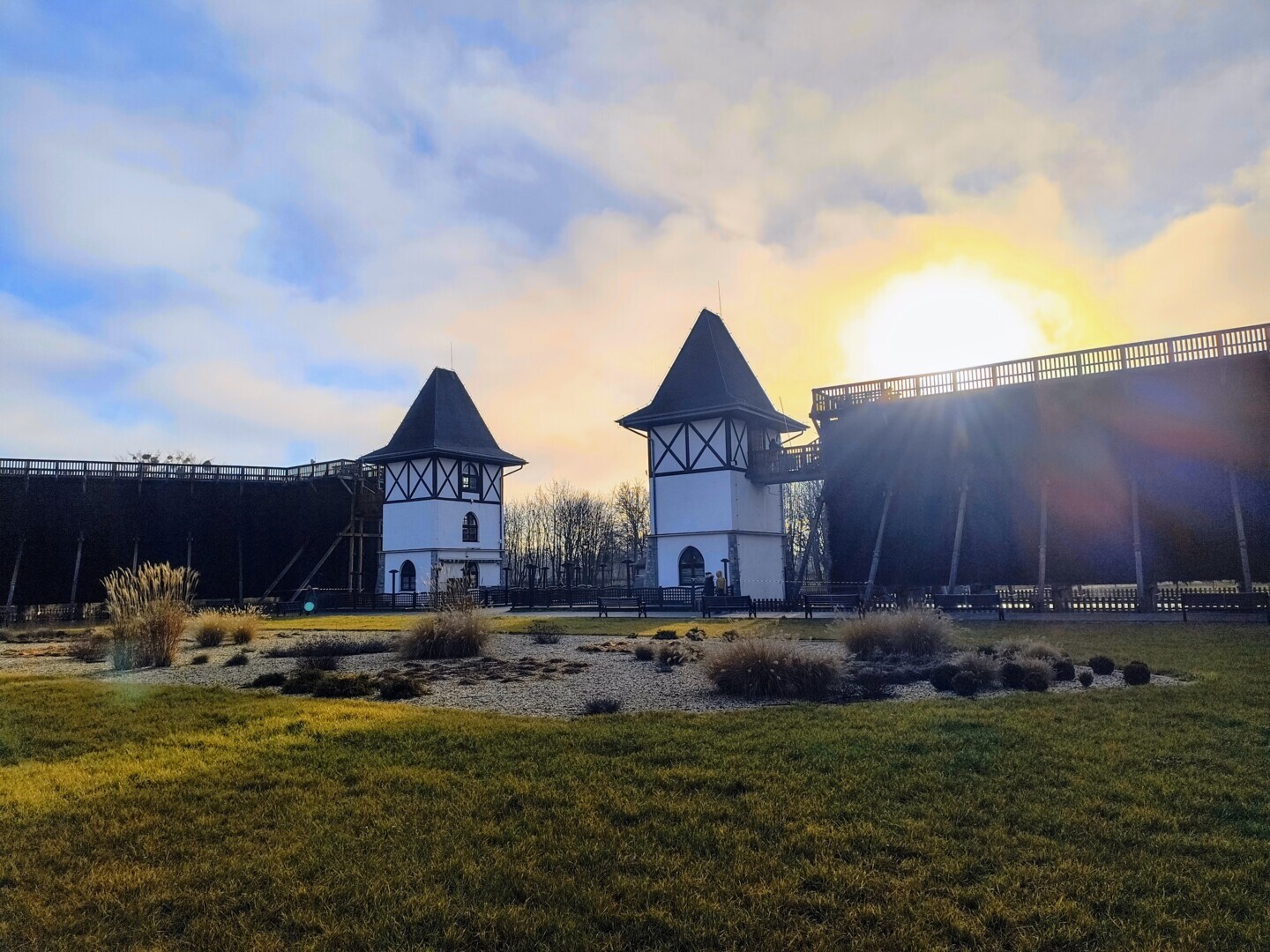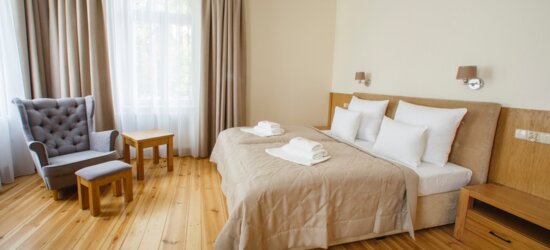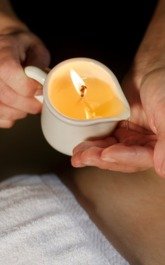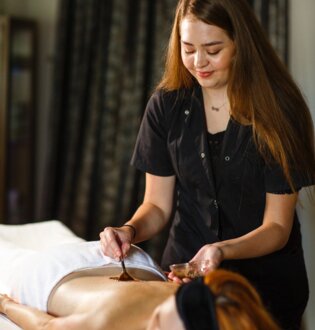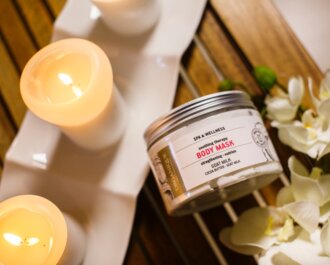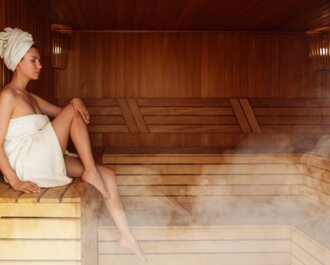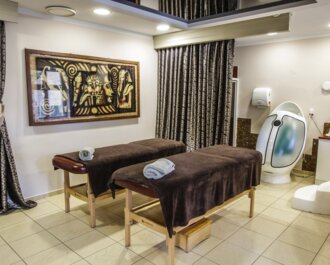MODERN TREATMENT METHODS
PERSONALISED DIET
WIDE SELECTION OF TREATMENTS
MEDICAL CARE
Health and Beauty
Solanki Uzdrowisko Inowrocław is the right place to relax and enjoy professional rehabilitation services. It is a unique establishment where we will take good care of your wellness. Visitors from all over Poland come in appreciation of the local assets, advantages and extensive experience.
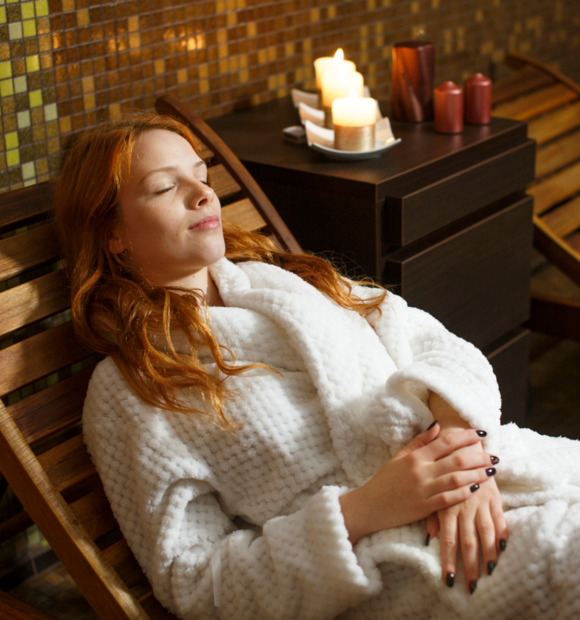
Beauty treatments
The distinctive atmosphere of the Solanki Medical SPA Beauty Salon will help you unwind, relax and reawaken your beauty. The Salon offers a wide range of relaxation packages designed for women and men.

Therapeutic Treatments
With the patients’ wellbeing in mind, Solanki Uzdrowisko Inowrocław keeps expanding its range of treatments offered. You can choose from over 80 different hydrotherapy, physical therapy and kinesiotherapy treatments and massages. These include treatments and procedures based on natural materials, such as brine and peloids. All this for the best possible results of your stay.
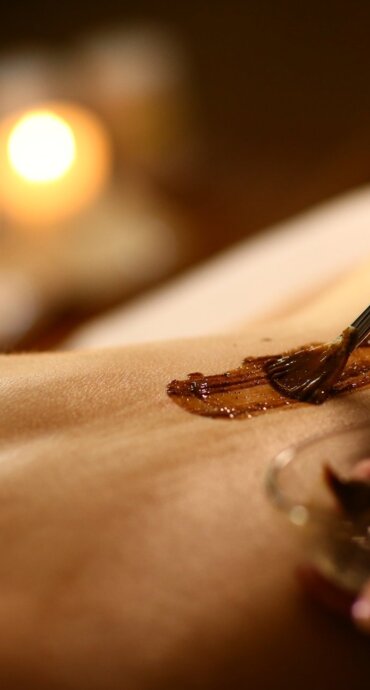
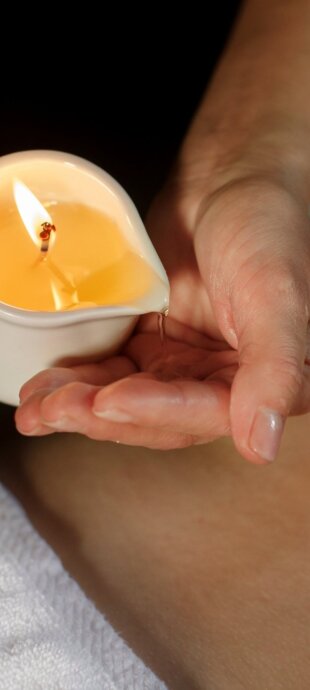
FANTASTIC!
PRZEMYSŁAW
Professional procedures, good food and excellent rehabilitation therapists. Friendly receptionists, good accommodation conditions, clean and tidy, and a beautiful spa park.
